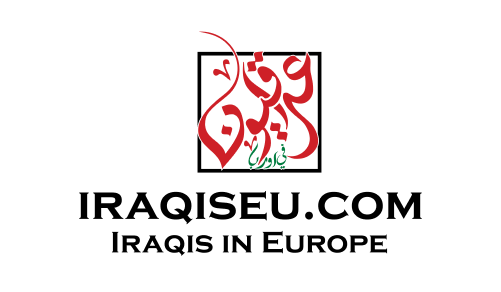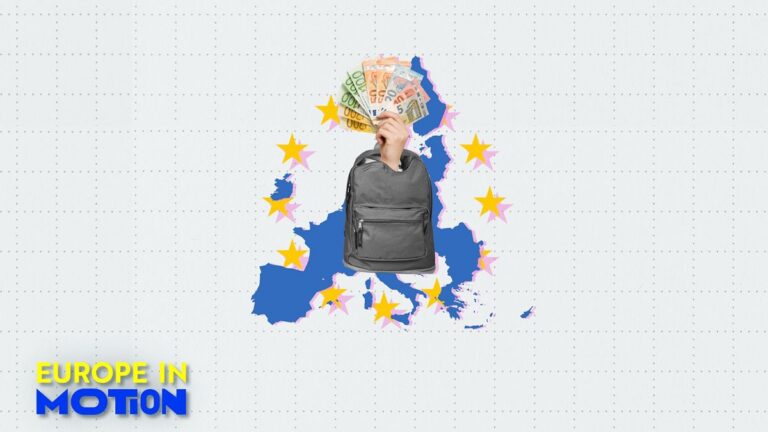
ADVERTISEMENT
As education costs continue to rise, the amount of public money invested by EU countries appears to be on the decline.
The share of GDP spent by EU countries between pre-primary and higher school is now 4.66% of GDP on average – the lowest since 2013, according to Eurostat data.
Considering both EU and extra-EU countries, Croatia sits at the bottom with 1.54% of GDP spent on education, followed by Romania, Serbia and Turkey.
Between 2019 and 2022, Zagreb cut funding by 2.38%, the sharpest fall reported across the bloc.
Meanwhile, Sweden leads in Europe at nearly 7% followed by Iceland and Belgium with over 6% and then Finland and Denmark close behind.
The highest share of public spending on education is usually allocated to primary and lower secondary education (40.6%).
Tertiary education accounts for approximately a quarter (26.3%), while the third largest share is for upper secondary education (21.6%).
The smallest portion of total expenditure on education is destined for pre-primary education, at just over one tenth (11.4%).
What’s the average annual school aid across Europe?
Across Europe, support comes in different forms: Scholarships, loans and allowances for students and parents.
High school pupils receive the most – around €1,766 per head per year – compared to just €533 per pupil in upper secondary education.
Behind those averages, though, lie stark contrasts.
For example, Norway and Denmark provide the highest aid in Europe, both exceeding €8,000 per child annually during upper secondary and tertiary studies.
At the other end of the spectrum, Greece, Croatia and the Czech Republic provide the lowest aid.
The vast majority of financial aid is distributed through student grants; however in the Netherlands, Sweden, Norway and Iceland, most of it comes in the form of student loans.


